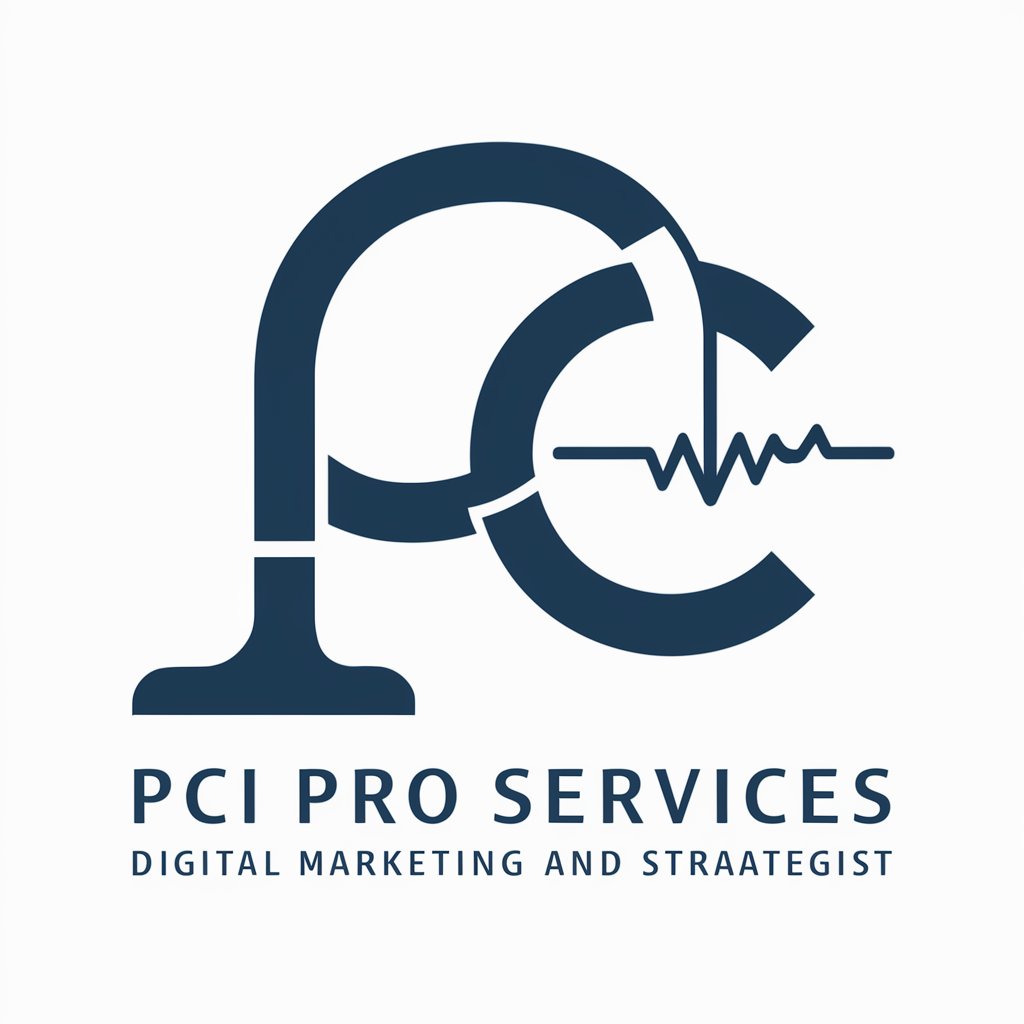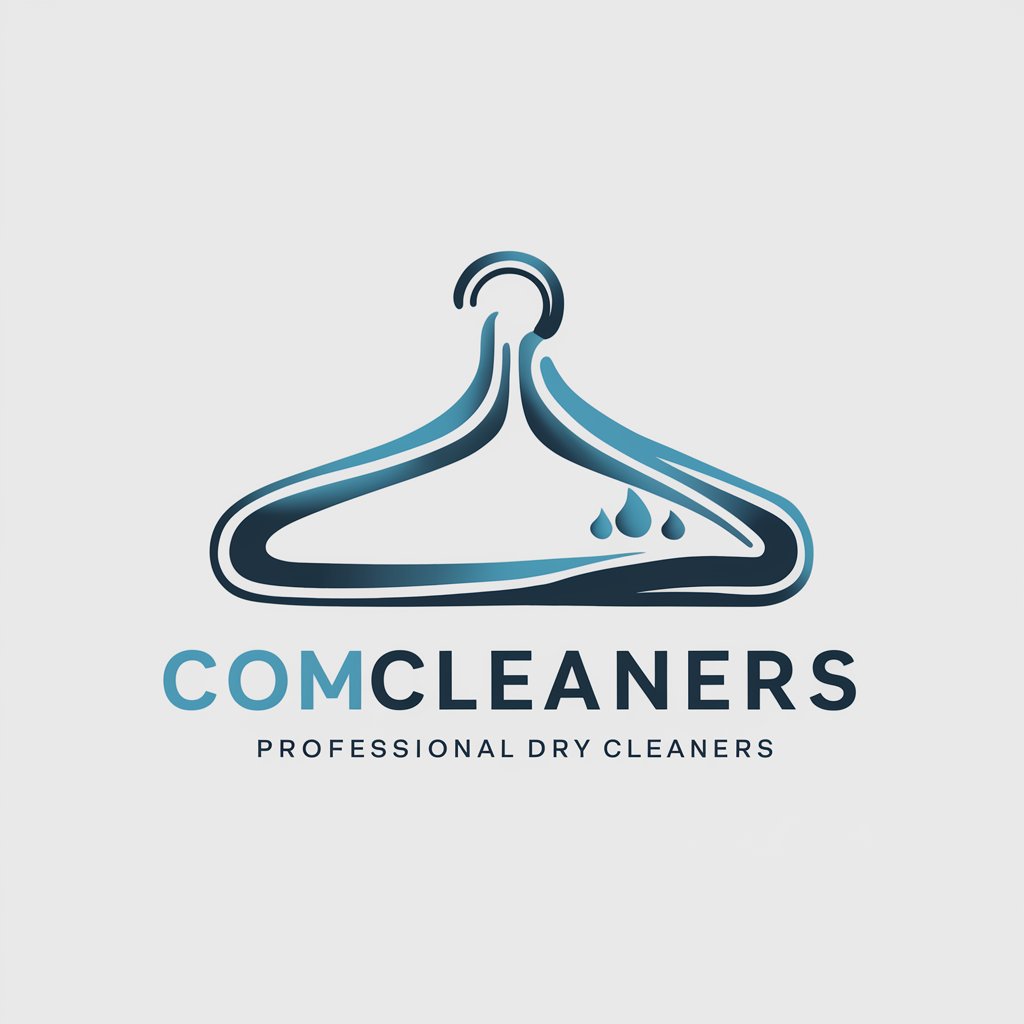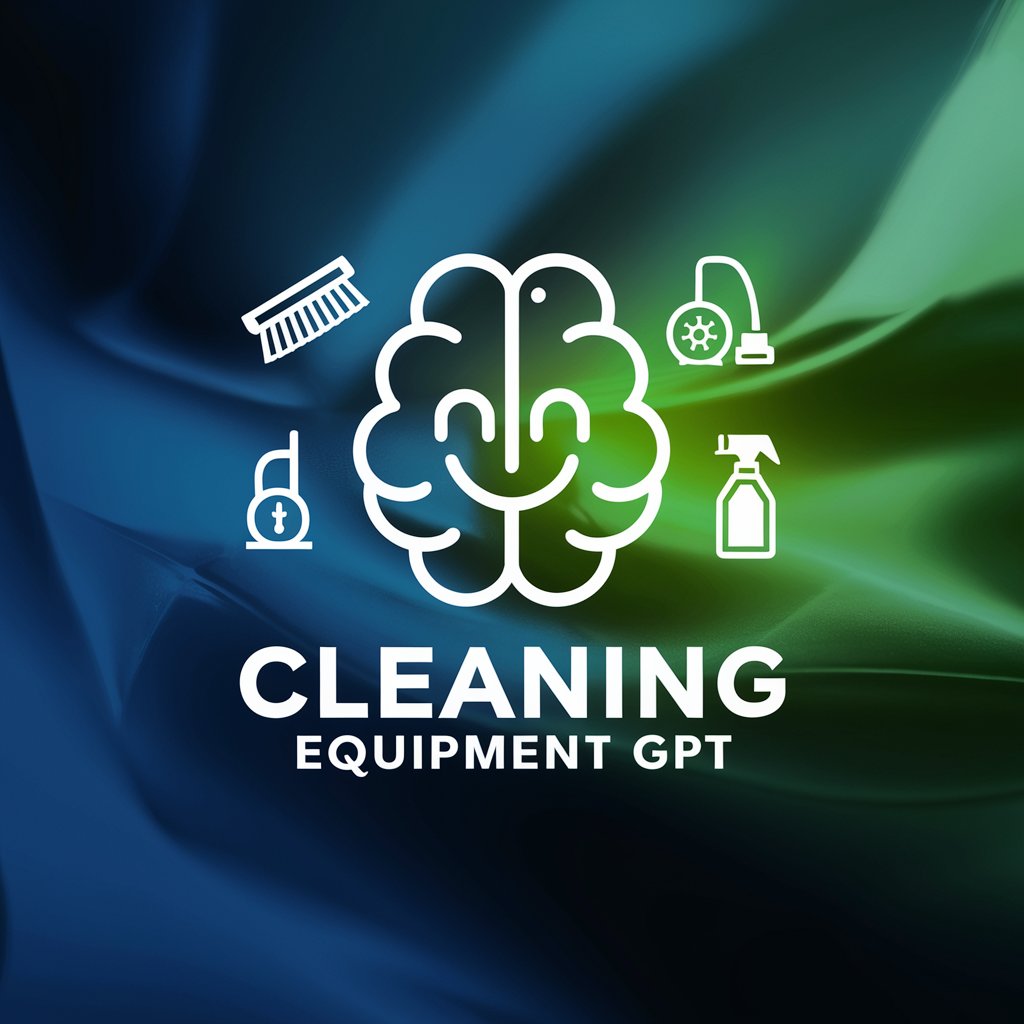
Commercial Cleanup - Environmental Cleanup Guidance

Welcome! How can I assist with your environmental cleanup needs today?
AI-powered Cleanup Solutions
Can you explain the latest methods in industrial spill cleanup?
What technologies are most effective for managing commercial pollution?
How do current regulations impact environmental cleanup efforts?
What are the best practices for handling hazardous waste in industrial settings?
Get Embed Code
Overview of Commercial Cleanup
Commercial Cleanup is designed to address the specific needs of managing and mitigating environmental pollution and spills in commercial and industrial settings. Its core purpose revolves around providing efficient, effective solutions for the cleanup of hazardous and non-hazardous spills, waste management, soil and water remediation, and emergency response services. This initiative is crucial in ensuring compliance with environmental regulations, safeguarding public health, and protecting natural resources. For example, in the event of an oil spill at a manufacturing facility, Commercial Cleanup would deploy specialized teams and technology to contain the spill, remediate the affected soil and water, and restore the site to safe conditions, thereby minimizing environmental impact and potential legal repercussions. Powered by ChatGPT-4o。

Key Functions of Commercial Cleanup
Spill Response and Remediation
Example
Containment and cleanup of oil spills in industrial areas
Scenario
Following an oil spill at a refinery, Commercial Cleanup implements containment measures to prevent further spread, deploys absorbent materials and skimmers to remove the oil, and conducts soil and groundwater remediation to eliminate contamination.
Waste Management and Disposal
Example
Handling and disposal of hazardous waste from chemical plants
Scenario
Commercial Cleanup manages the collection, treatment, and proper disposal of hazardous waste produced by a chemical manufacturing plant, ensuring that waste is handled in compliance with environmental regulations to prevent harm to the environment or human health.
Environmental Restoration
Example
Rehabilitation of sites affected by chemical leaks
Scenario
In cases where chemical leaks have degraded local ecosystems, Commercial Cleanup undertakes environmental restoration projects, such as soil amendment, planting of native vegetation, and water body restoration to bring affected areas back to their natural state.
Emergency Response Services
Example
Immediate action in the event of chemical spills during transportation
Scenario
Commercial Cleanup offers rapid response services for incidents like chemical spills during the transportation process, deploying emergency teams to contain the spill, mitigate risks to public health and the environment, and coordinate with local authorities for cleanup and disposal.
Target User Groups for Commercial Cleanup Services
Industrial and Manufacturing Facilities
Entities involved in manufacturing, chemical processing, and other industrial operations that generate hazardous wastes or have potential spill risks. These users benefit from spill response, waste management, and site remediation services to maintain operational safety and regulatory compliance.
Government and Municipal Agencies
Local, state, and federal agencies responsible for environmental protection, emergency response, and public safety. These agencies rely on Commercial Cleanup for expertise in managing environmental hazards, executing cleanup operations, and restoring public lands and waterways.
Transportation and Logistics Companies
Companies that transport hazardous materials and require immediate response capabilities in the event of spills or accidents. Commercial Cleanup's emergency response services are critical for minimizing environmental damage and ensuring quick return to normal operations.
Real Estate and Land Development
Developers and property managers dealing with contaminated land or redevelopment projects. Commercial Cleanup provides soil remediation and environmental restoration services to ensure land is safe for development and compliant with environmental standards.

How to Use Commercial Cleanup
1. Start Free Trial
Initiate your journey by visiting yeschat.ai to access a free trial, requiring no login or subscription to ChatGPT Plus.
2. Define Your Needs
Identify and clearly define the commercial or industrial cleanup scenario you need assistance with, including spill type, location, and scale.
3. Explore Cleanup Solutions
Use the platform to explore various cleanup methods, technologies, and practices relevant to your specific environmental situation.
4. Implement Recommendations
Apply the suggested cleanup strategies and technologies to effectively manage and mitigate the environmental impact of the spill or pollution.
5. Continuous Learning
Regularly use the platform to stay informed about the latest in environmental cleanup technologies, regulations, and best practices for ongoing improvement.
Try other advanced and practical GPTs
Industrial
Empowering Industry with AI Insights
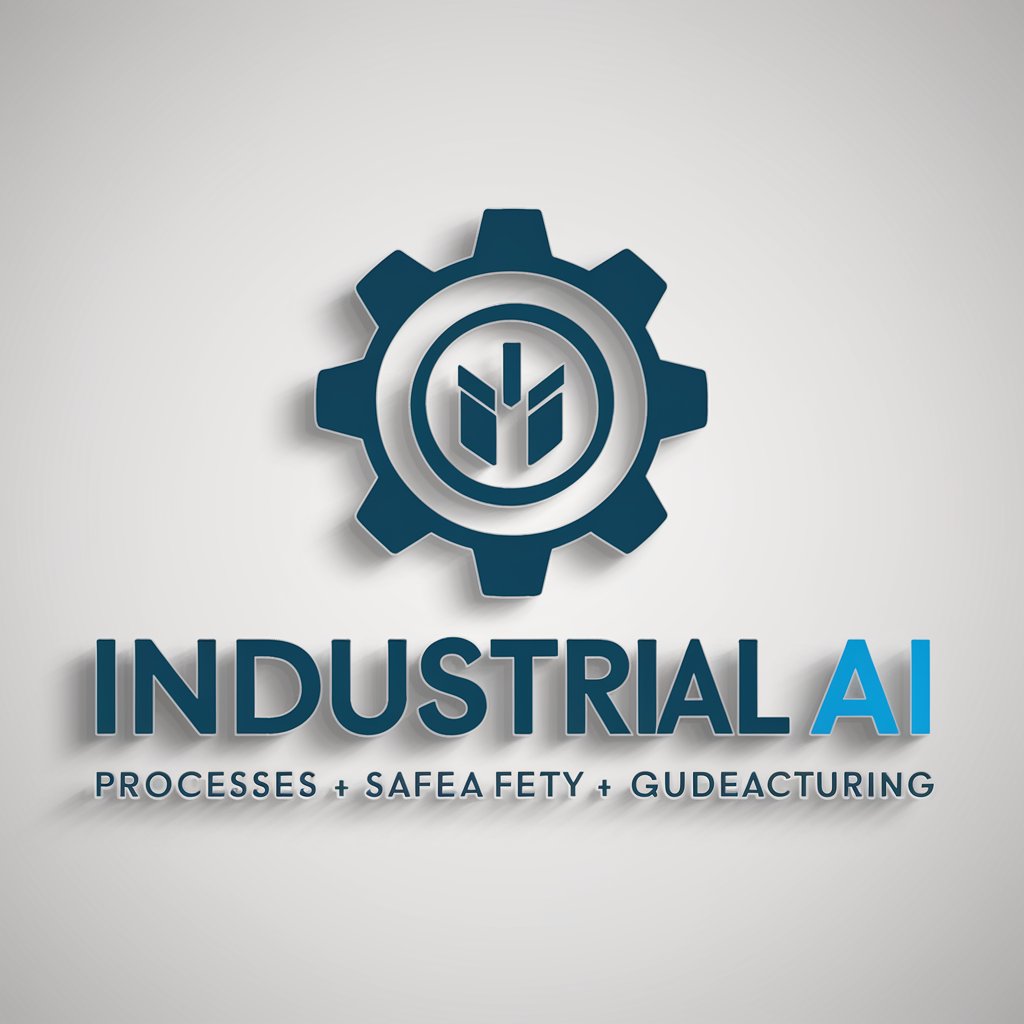
Commercial Real Estate Navigator
Navigate Commercial Real Estate with AI Insight

Lounge
Design Your Dream Lounge with AI

Home Sustainability Advisor
Empowering Sustainable Living with AI

Home Value
Estimate Your Home's Value with AI

PropertyPal
Streamline Your Property Management with AI
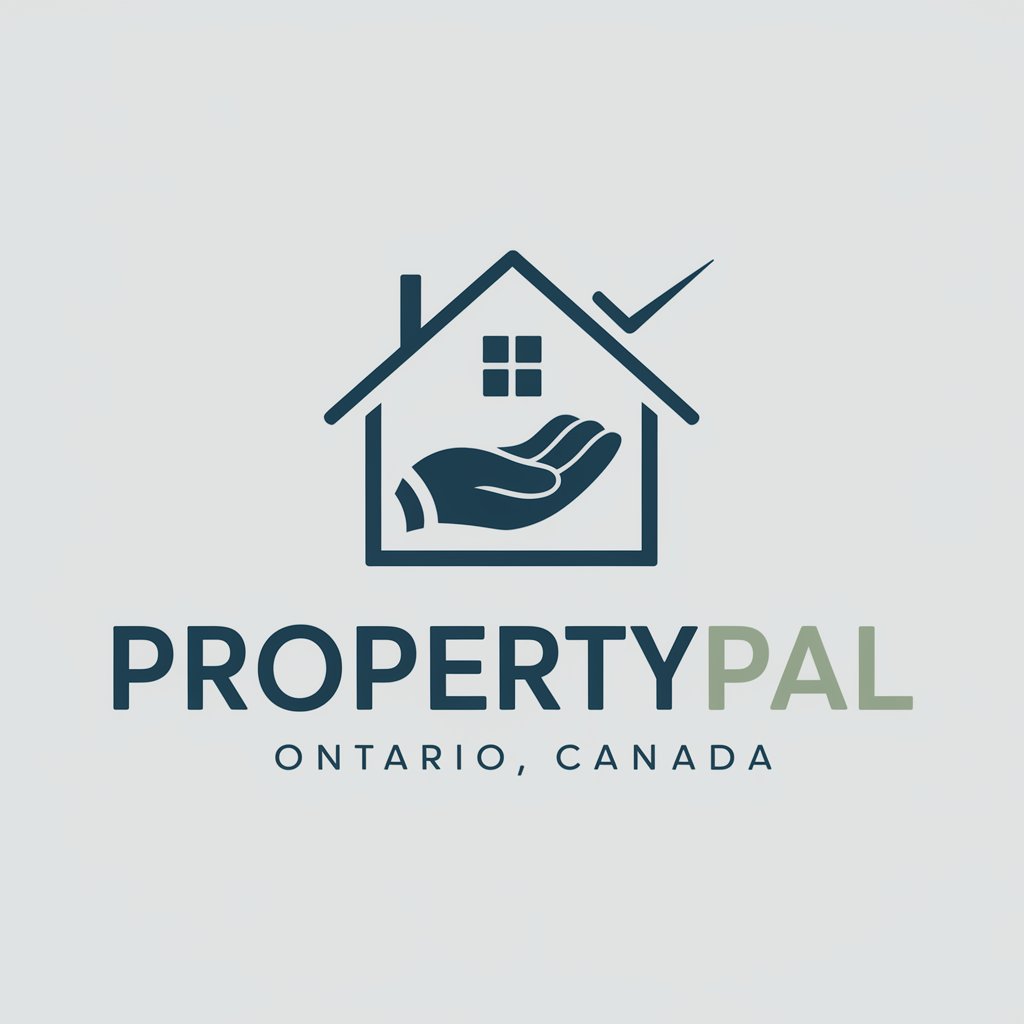
Dairy
Empowering Dairy Discovery with AI

Retail
Empowering retail decisions with AI insights
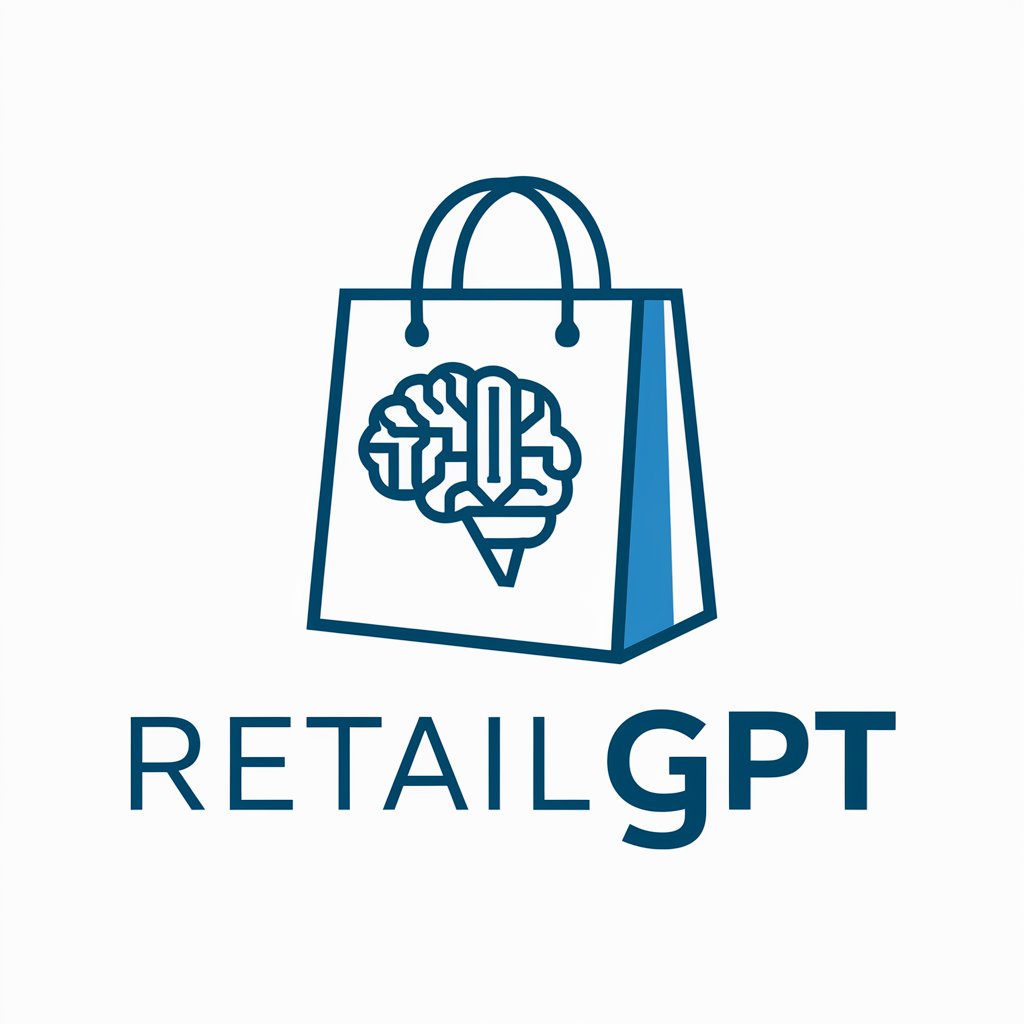
Promotion Bot
Elevate Your Construction Career with AI

Green Audit Pro
Optimize energy with AI-driven insights

Specialty
Unlock Expert Insights with AI

Pro
Empowering decisions with AI-driven insights.

Frequently Asked Questions about Commercial Cleanup
What types of spills can Commercial Cleanup address?
Commercial Cleanup is designed to address a wide range of spills, including chemical, oil, hazardous materials, and more, in commercial and industrial settings.
How does Commercial Cleanup stay updated with regulations?
The platform regularly updates its database with the latest environmental regulations and standards to ensure compliance and effective cleanup strategies.
Can Commercial Cleanup suggest environmentally friendly cleanup methods?
Yes, it prioritizes eco-friendly cleanup methods, focusing on sustainable practices and technologies that minimize environmental impact.
Is Commercial Cleanup suitable for small businesses?
Absolutely, it offers scalable solutions that can be tailored to the specific needs and resources of small businesses facing environmental cleanup challenges.
How does Commercial Cleanup integrate with existing operations?
It offers guidelines and recommendations that can be easily integrated into existing operational frameworks, ensuring seamless adoption and minimal disruption.

